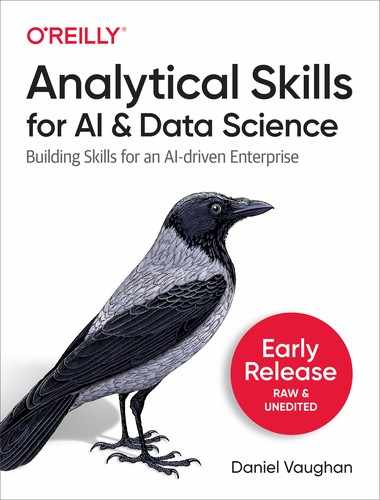Book Description
While several market-leading companies have successfully transformed through data- and AI-driven approaches to business, the vast majority have yet to reap the benefits. How can your business and analytics units gain a competitive advantage by capturing the potential of this predictive revolution? This practical guide presents a battle-tested method to help you translate business decisions into tractable descriptive, predictive, and prescriptive problems.
Author Daniel Vaughan shows practitioners of data science and others interested in using AI not only how to ask the right questions but also how to generate value from data and analytics using modern AI technologies and decision theory principles. You’ll explore several use cases common to many enterprises, complete with examples you can apply when working to solve your own issues.
With this book, you’ll learn how to:
- Break business decisions into stages and use predictive or prescriptive methods on each stage
- Identify human biases when working with uncertainty
- Customize optimal decisions to different customers using predictive and prescriptive methods
- Ask business questions with high potential for value creation through AI and data-driven methods
- Simplify complexity to tackle difficult business decisions with current predictive and prescriptive technologies
